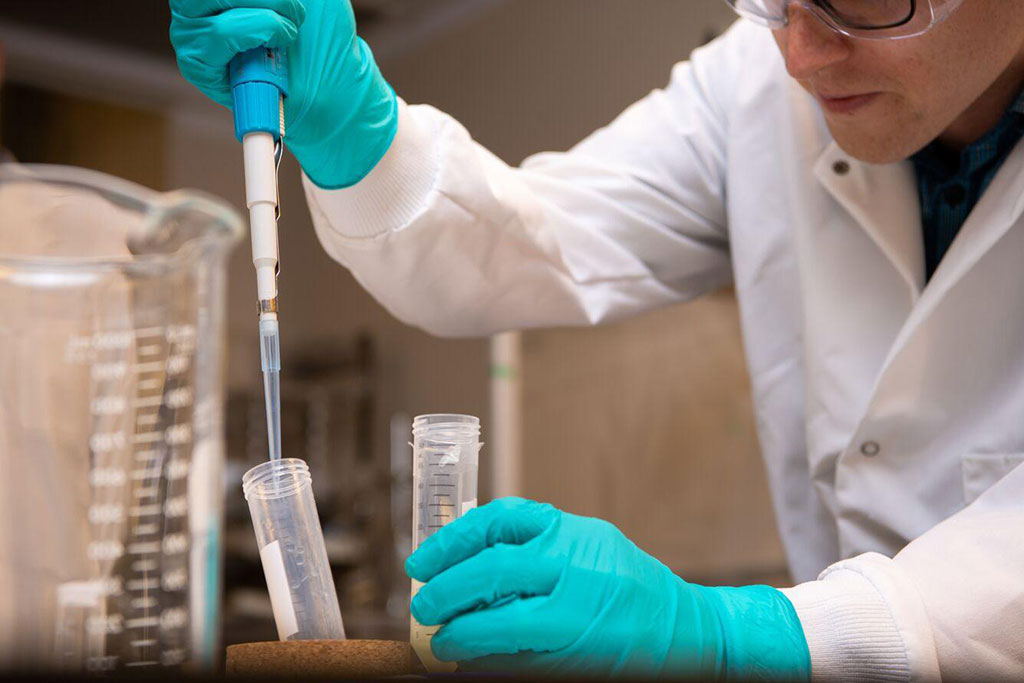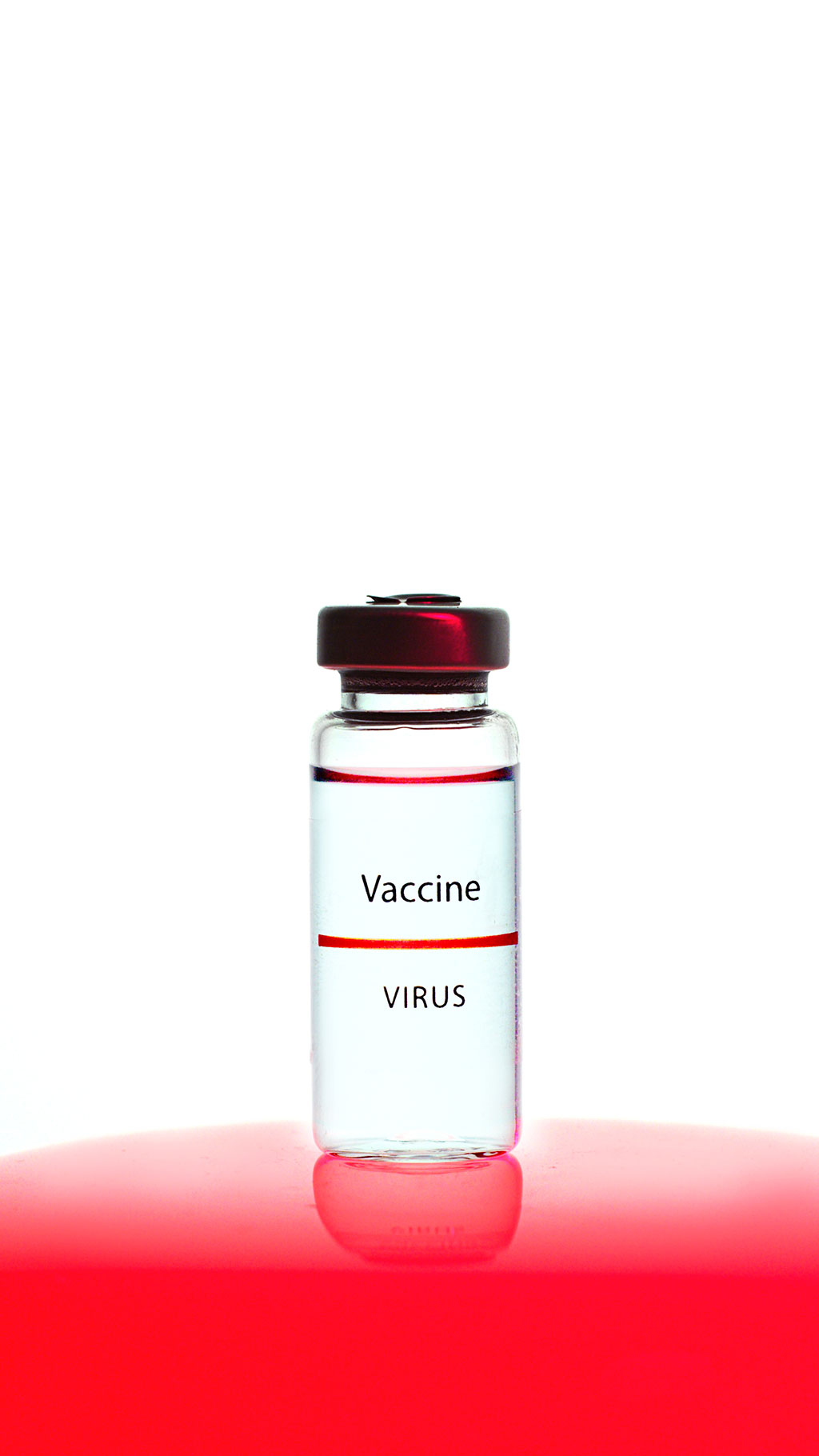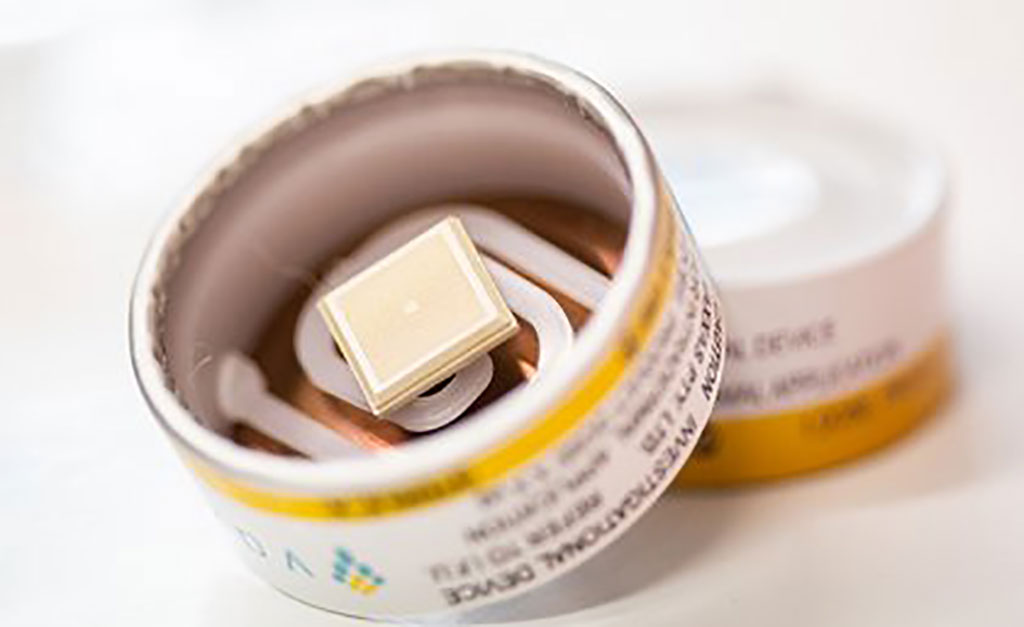Non-Invasive COVID-19 Test Identifies `Breath Signatures` to Provide Almost Instant Results
By HospiMedica International staff writers
Posted on 29 Oct 2020
Initial findings from a new study have shown how COVID-19 can be detected via a non-invasive breath test by identifying candidate biomarkers, providing almost instant results.Posted on 29 Oct 2020
The new study was conducted by Loughborough University (Leicestershire, UK) which is part of a consortium’s research team that has been able to identify candidate biomarkers present in the breath of someone affected by COVID-19. Utilizing technologies which were developed earlier, the team has demonstrated how these markers or ‘breath signatures’ can be used to rapidly distinguish COVID-19 from other respiratory conditions at point of need, such as an emergency department, a workplace or a care setting, with no laboratory support. The IMSPEX Group which is also part of the consortium will be working alongside researchers to help develop and scale such technology. Its BreathSpec device has been a key tool used by researchers in the analysis of volatile organic compounds (VOCs) in human breath.

Image: The BreathSpec device was used during field trials last year in Finland (Photo courtesy of Andrew Weekes)
For the feasibility study, the researchers recruited 98 patients, out of whom 31 had COVID-19. Other diagnoses included asthma, exacerbation of asthma and COPD, viral pneumonia, other respiratory tract infections, and cardiac conditions. In order to identify and diagnose COVID-19 from the samples, the team used Gas Chromatography (GC) - a procedure used for separating and analyzing compounds that can be vaporized without decomposition - and Ion Mobility Spectrometry (IMS) – an analytical technique used to separate and identify ionized molecules in the gas phase. The study participants gave a single breath-sample for the analysis of VOCs by GC-IMS. The analysis identified aldehydes (ethanal, octanal), ketones (acetone, butanone), and methanol that discriminated COVID-19 from other conditions.
“We are hugely encouraged by these findings. Employing tried and tested techniques used during the TOXI-Triage project, suggests that COVID-19 may be rapidly distinguished from other respiratory conditions,” said Paul Thomas, Professor of Analytical Science from Loughborough’s Department of Chemistry. “To develop this technique further larger studies are required, together with complementary GC-MS studies, to build on the data collected so far. If shown to be reliable, it offers the possibility for rapid identification or exclusion of COVID-19 in emergency departments or primary care that will protect healthcare staff, improve the management of patients and reduce the spread of COVID-19.”
Related Links:
Loughborough University














